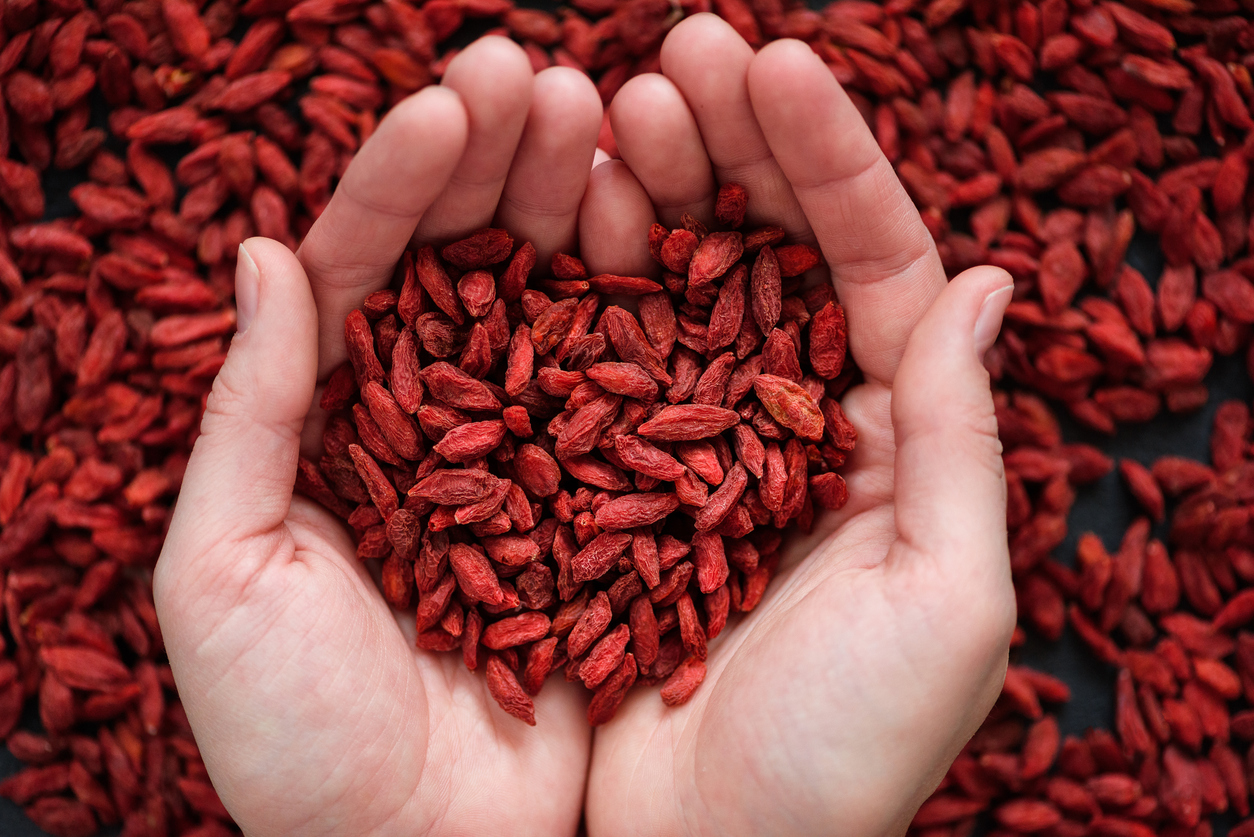2024-11-20
Photobiomodulation: A breakthrough in the treatment of recurrent labial herpes
Infectiology
Recurrent labial herpes (RLH), caused by the
herpes simplex virus type 1 (HSV-1), affects 20% to 40% of young adults.
Although often self-limiting, RLH causes bothersome symptoms such as pain and
vesicular lesions. The standard treatment, based on the application of
acyclovir cream, is limited by its poor penetration into subcutaneous tissues
and partial efficacy, prompting increasing interest in complementary therapies.
This study investigates the use of photobiomodulation (PBMT) as an adjunct to
conventional treatment.
To assess the effectiveness of PBMT as a complement to acyclovir, 22 patients with RLH were selected and divided into two groups:
The treatment's effectiveness was measured by evaluating the following variables: pain (via a visual analog scale), lesion size, and patient satisfaction (assessed before treatment and on days 1, 3, 7, and 10 after the intervention).
The analysis of the study results demonstrated:
Learn More. PBMT works by stimulating cell regeneration, reducing inflammation, and promoting healing, thereby enhancing the efficacy of acyclovir.
By significantly reducing pain intensity and lesion size, PBMT combined with acyclovir emerges as a promising adjunct therapy for the treatment of RLH. Further research is needed to confirm its long-term efficacy and safety, elucidate its antiviral mechanisms, and develop even more effective strategies for improved patient care in RLH.
Can Photobiomodulation be considered for the treatment of labial herpes?
To assess the effectiveness of PBMT as a complement to acyclovir, 22 patients with RLH were selected and divided into two groups:
- PBMT + Acyclovir Group: Application of acyclovir cream combined with low-level laser therapy (940 nm, 4 J/cm²).
- Control Group: Acyclovir cream combined with sham laser treatment.
The treatment's effectiveness was measured by evaluating the following variables: pain (via a visual analog scale), lesion size, and patient satisfaction (assessed before treatment and on days 1, 3, 7, and 10 after the intervention).
The analysis of the study results demonstrated:
- A significant reduction in pain as early as the second day post-treatment in the PBMT group (p < 0.001).
- A notable decrease in lesion size on the 7th and 10th days in the PBMT group (p < 0.05).
- Higher patient satisfaction in the group receiving the combined therapy (p = 0.008).
Learn More. PBMT works by stimulating cell regeneration, reducing inflammation, and promoting healing, thereby enhancing the efficacy of acyclovir.
PBMT and Acyclovir: A promising combination for herpes treatment
By significantly reducing pain intensity and lesion size, PBMT combined with acyclovir emerges as a promising adjunct therapy for the treatment of RLH. Further research is needed to confirm its long-term efficacy and safety, elucidate its antiviral mechanisms, and develop even more effective strategies for improved patient care in RLH.

Last press reviews
Mood, memory, inflammation—could it all happen on the plate?

#Microbiota #Depression #Alzheimer #Neuroinflammation #AntiInflammatory...
Purple on your plate, benefits in your cells?

#Anthocyanins #OxidativeStress #Microbiota #CardiovascularHealth #Bioav...
